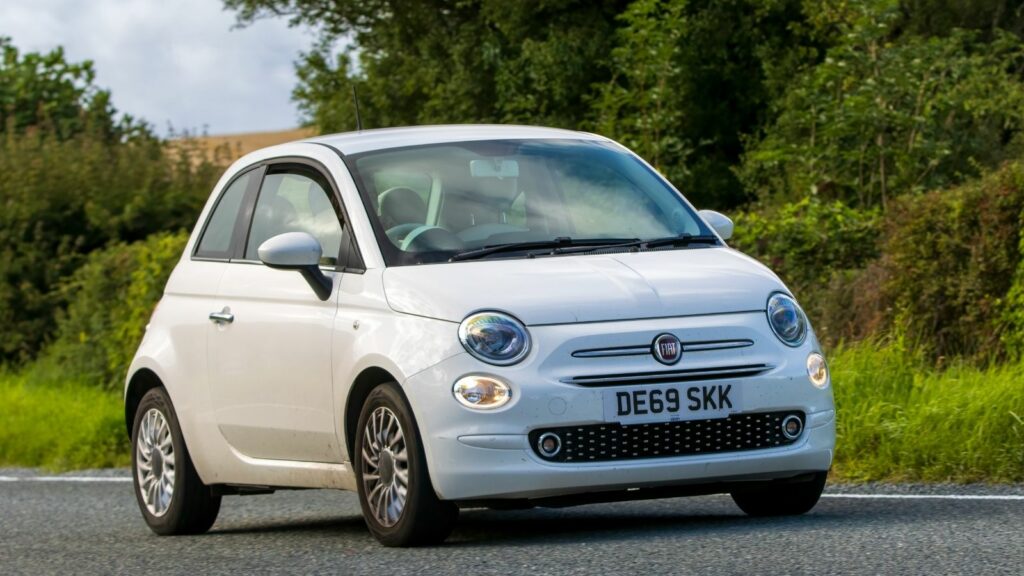Buyer’s remorse hits hard, especially when it involves a car you depend on daily. Frustrated drivers are speaking out about vehicles that were more trouble than they were worth. Whether plagued by costly repairs, poor performance, or tech that doesn’t hold up, some cars have earned a reputation for regret. Here are 20 cars Canadians wish they’d never bought:
Chevrolet Cruze (2011–2015)
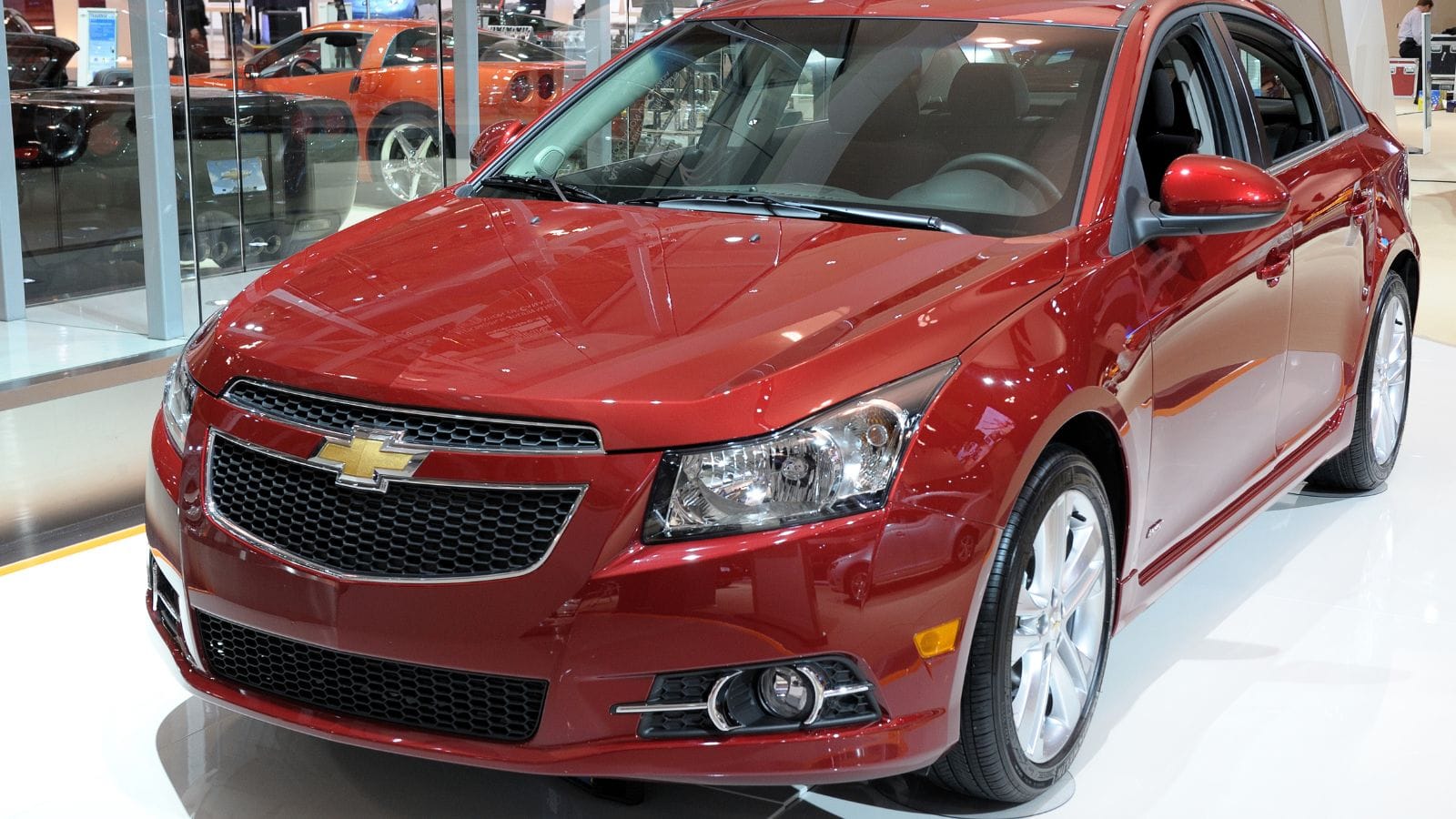
Once a bestseller in Canada, the Chevrolet Cruze has become infamous for recurring mechanical issues. Its 1.4L turbocharged I4 struggles with coolant leaks, faulty PCV systems, and premature turbo failure. Acceleration is sluggish, especially in cold weather, and owners often complain about rough idling and check engine lights. The interior, though comfortable initially, ages quickly, with cheap plastics prone to rattling and cracking. The infotainment system often freezes or reboots. Mechanics across Canada regularly cite the Cruze as one of the most common regrets among buyers.
Dodge Journey (2009–2020)
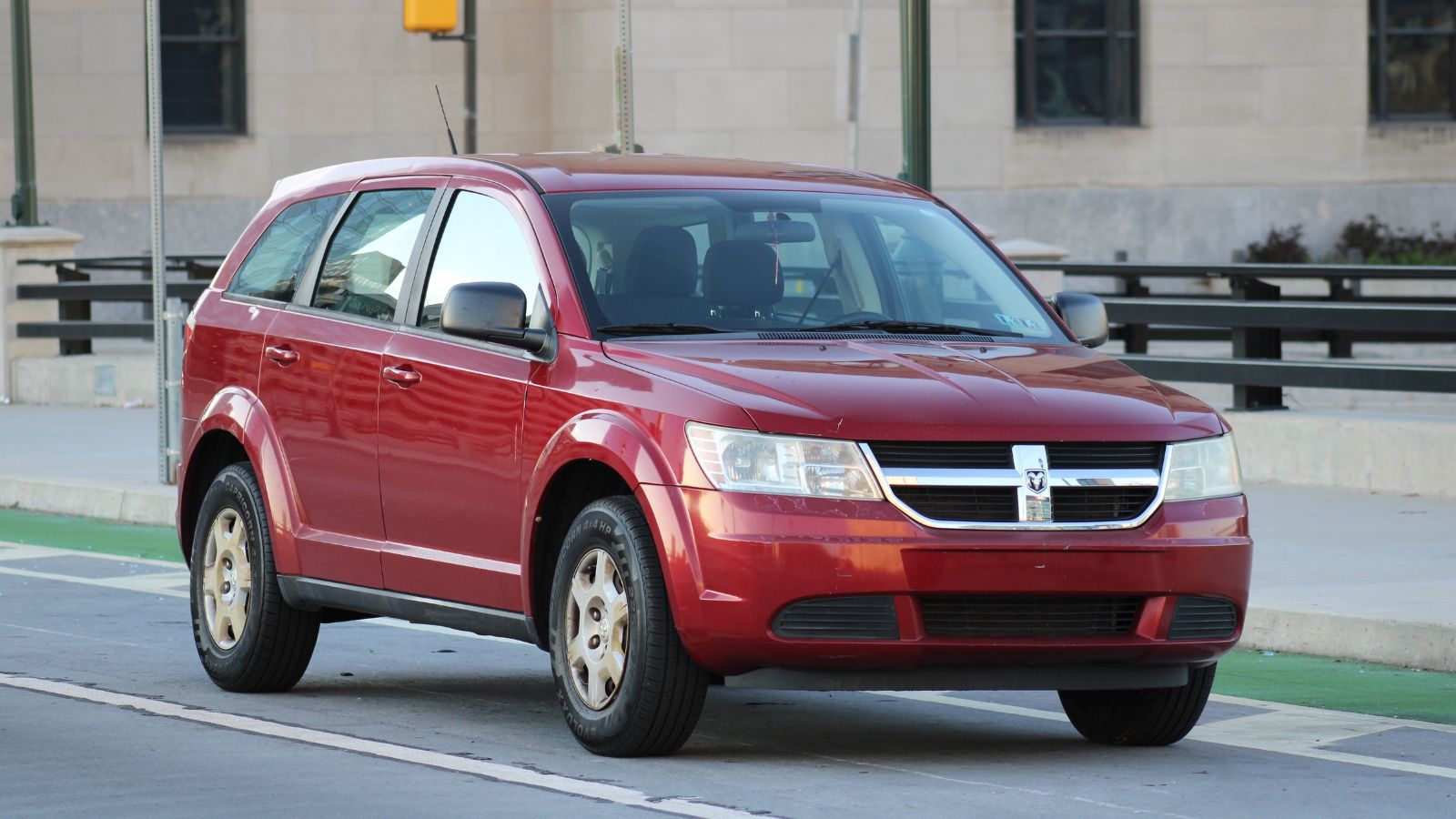
The Dodge Journey promised versatility at a low price but delivered a laundry list of disappointments. With a base 2.4L I4 or optional 3.6L V6, performance remains underwhelming, and fuel economy disappointing. Transmission failures, suspension clunks, and poor reliability plague this crossover. The interior, though spacious, feels outdated, and its infotainment lags behind even budget competitors. Heating and cooling systems often fail during extreme Canadian winters, and many owners find themselves dealing with costly repairs by 100,000 km.
Nissan Altima (2013–2018)
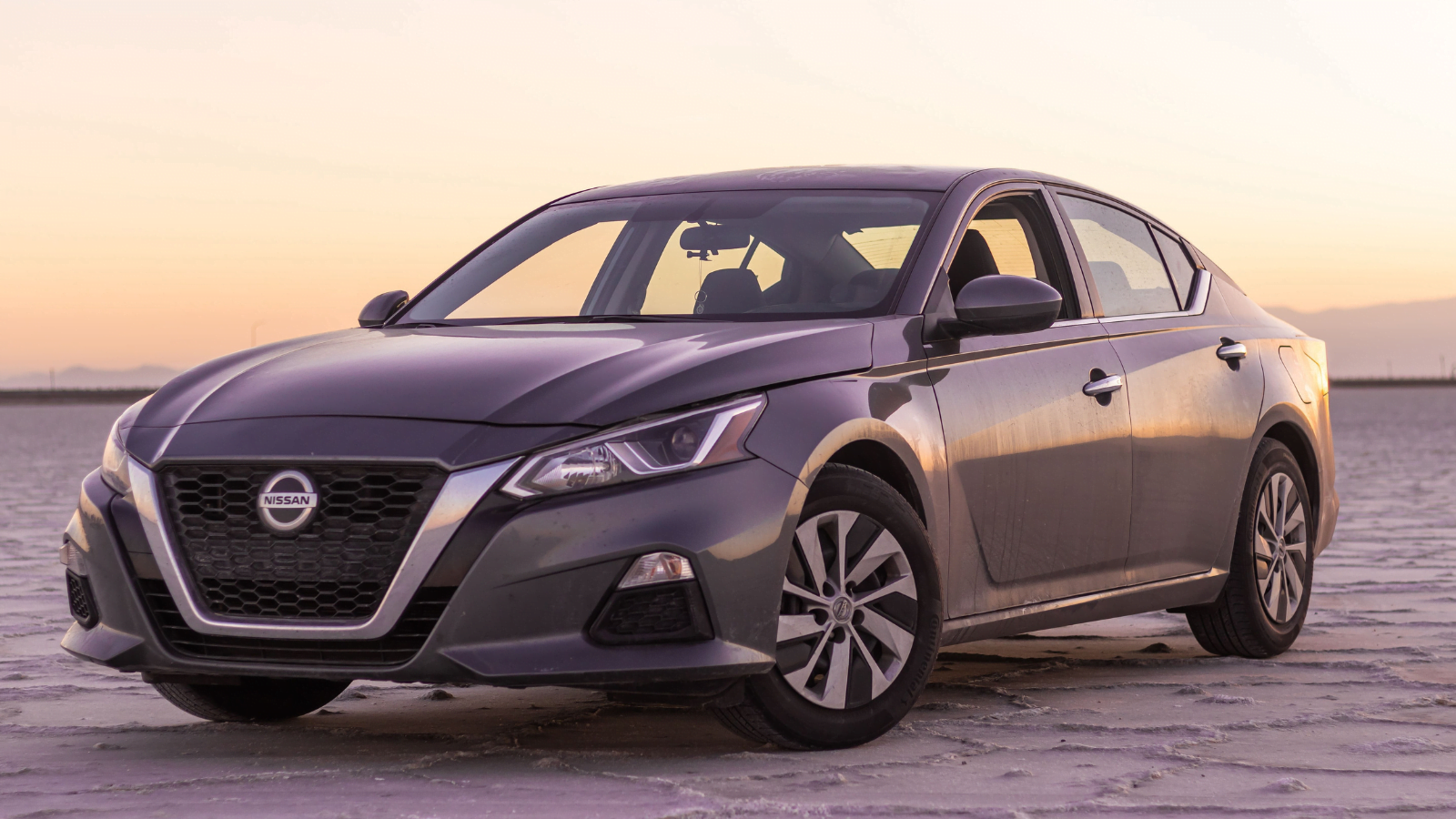
Nissan’s Altima once competed closely with the Honda Accord and Toyota Camry, but its CVT woes tarnished its reputation. The 2.5L I4 engine is decent, but the continuously variable transmission often fails early, especially in Canada’s colder regions. Jerky starts, overheating warnings and complete transmission replacements are far too common. While the cabin offers generous space and decent materials, road noise, and subpar seat support dampen long drives. Altima owners have seen resale values plummet, with many regretting their purchase after just a few years.
Jeep Patriot (2007–2017)
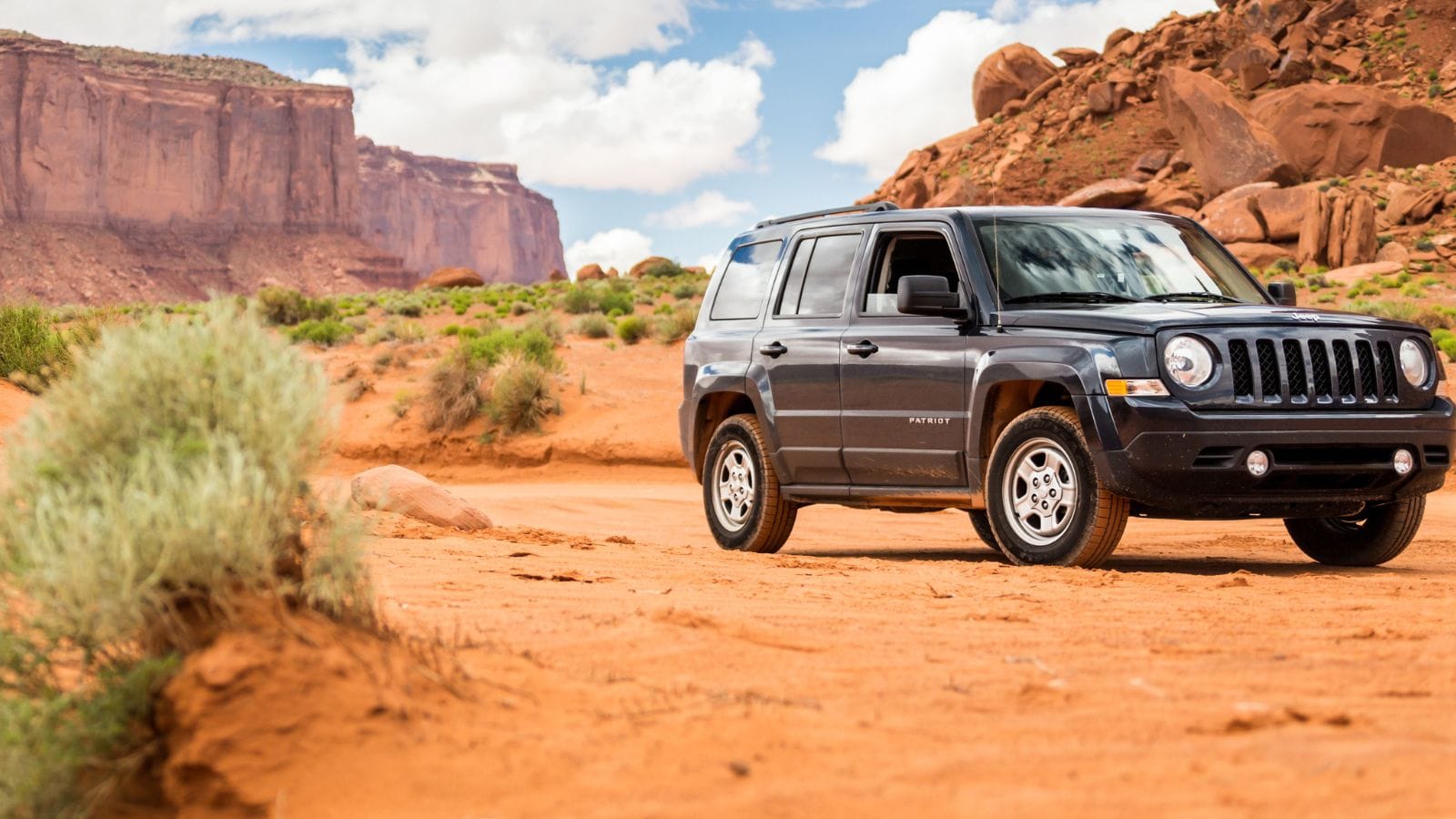
The Jeep Patriot aimed to provide affordable off-road style, but Canadians quickly discovered its cost. The base 2.0L I4 or 2.4L I4 engines struggle with acceleration, especially when paired with the CVT. The drivetrain is notoriously noisy, and transmission issues often emerge before 120,000 km. Interior quality is basic, with uncomfortable seating and lackluster materials that don’t match Canadian winters. Faulty sensors and inconsistent AWD performance make it a risky bet. Few vehicles have led to as many regrets among budget SUV buyers.
Ford Focus (2012–2016)
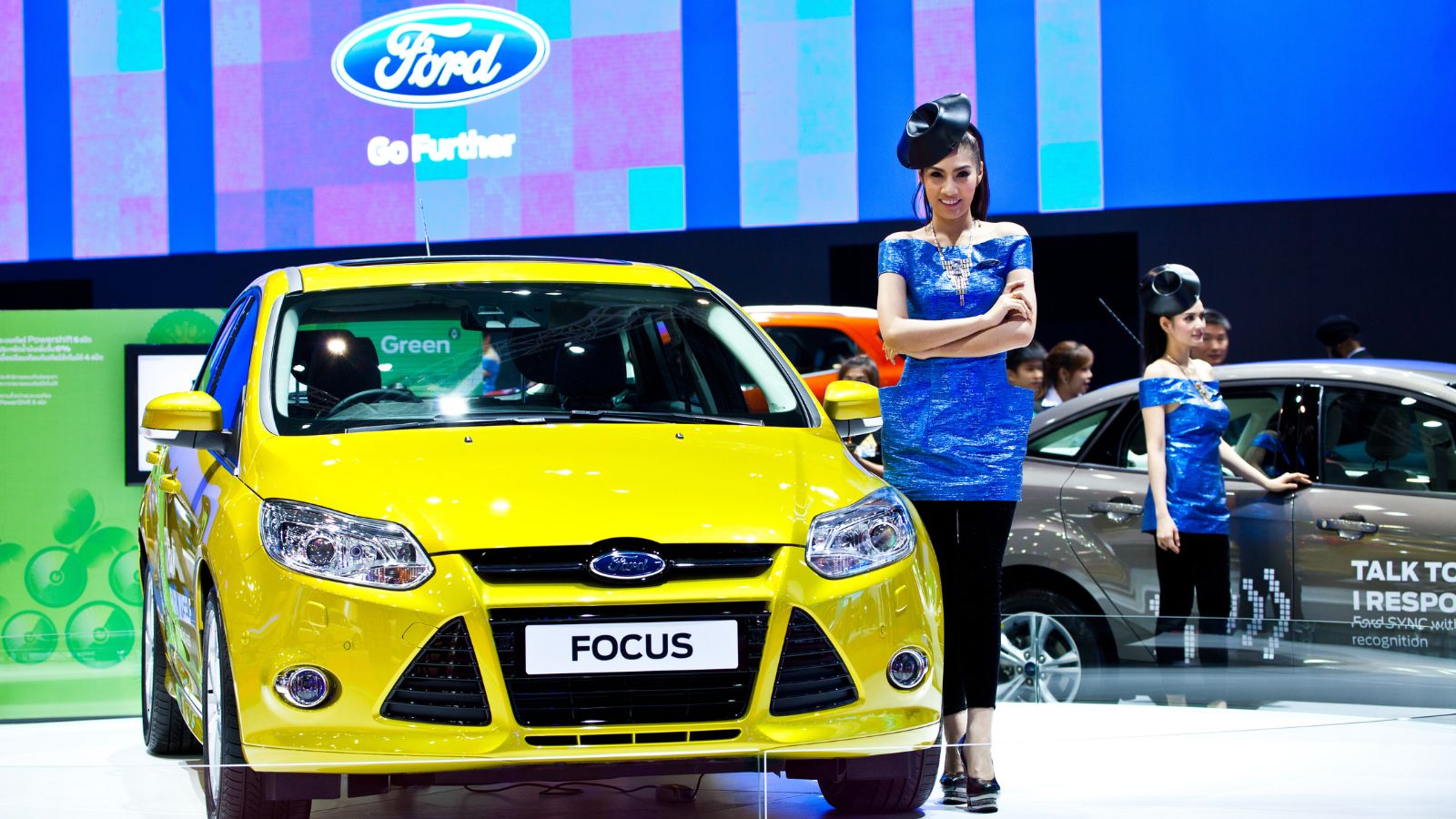
Once a popular compact option in Canada, the Ford Focus from these years is now known for its flawed PowerShift dual-clutch transmission. The 2.0L I4 engine is solid, but the transmission suffers from shuddering, slipping, and delayed shifts, leading to widespread recalls and class-action lawsuits. Acceleration is inconsistent, especially in stop-and-go traffic. While the interior design is modern, its build quality doesn’t hold up, as owners report squeaks, rattles, and malfunctioning electronics. Even with available tech features, many drivers say they’d never buy another Focus again.
Chevrolet Equinox (2010–2013)
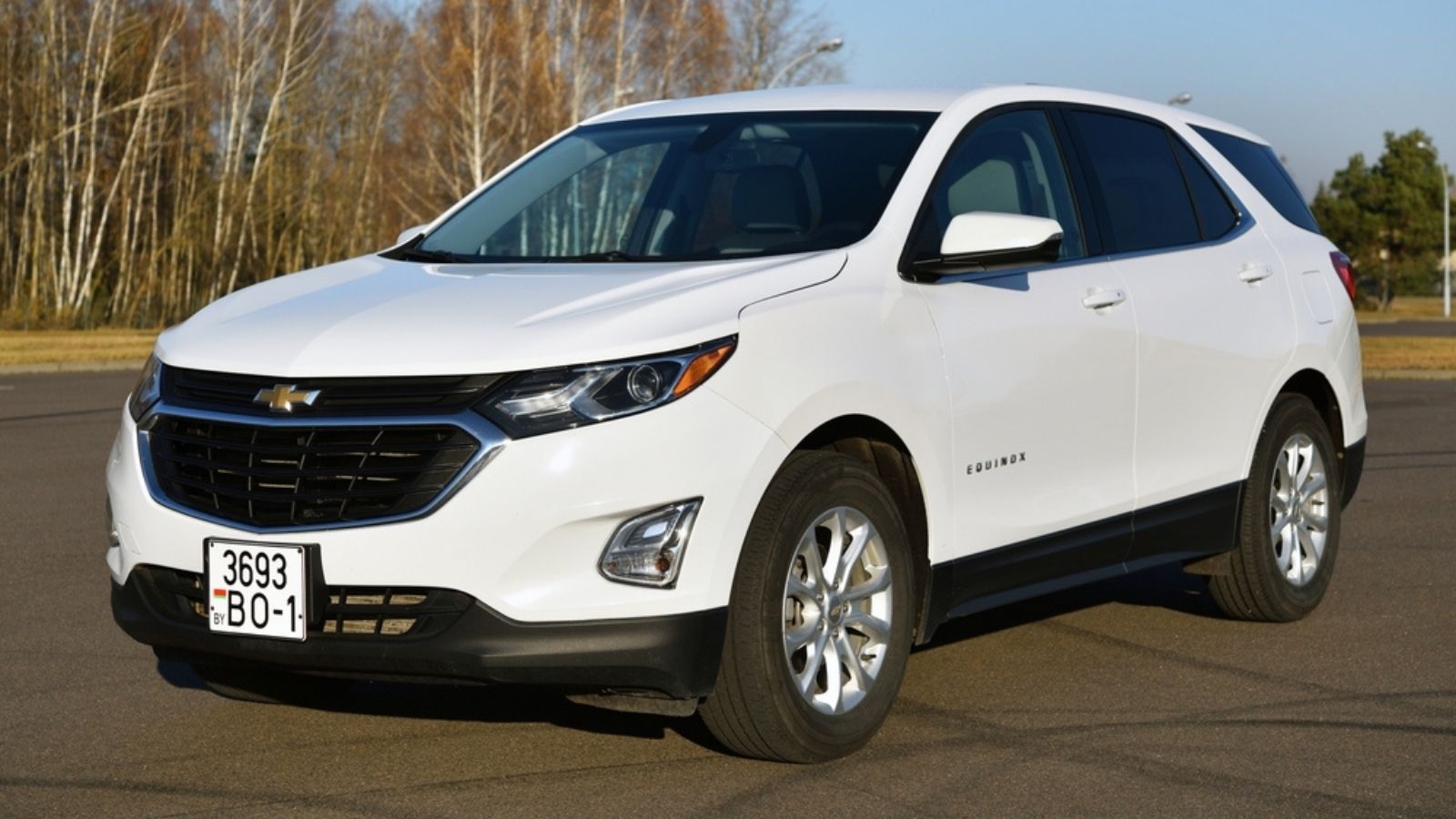
The early-2010s Equinox models suffer from chronic engine issues, especially the 2.4L I4, which is prone to excessive oil consumption and piston ring failure. Many Canadian owners report engine replacement or major repairs before reaching 150,000 km. While the ride is comfortable and the cabin spacious, the reliability undermines the experience. Interior materials wear quickly, and the infotainment system is frustratingly outdated. Frequent check engine lights and stalling issues leave many regretting this midsize SUV, especially in regions where harsh weather compounds mechanical weaknesses.
Chrysler 200 (2011–2016)
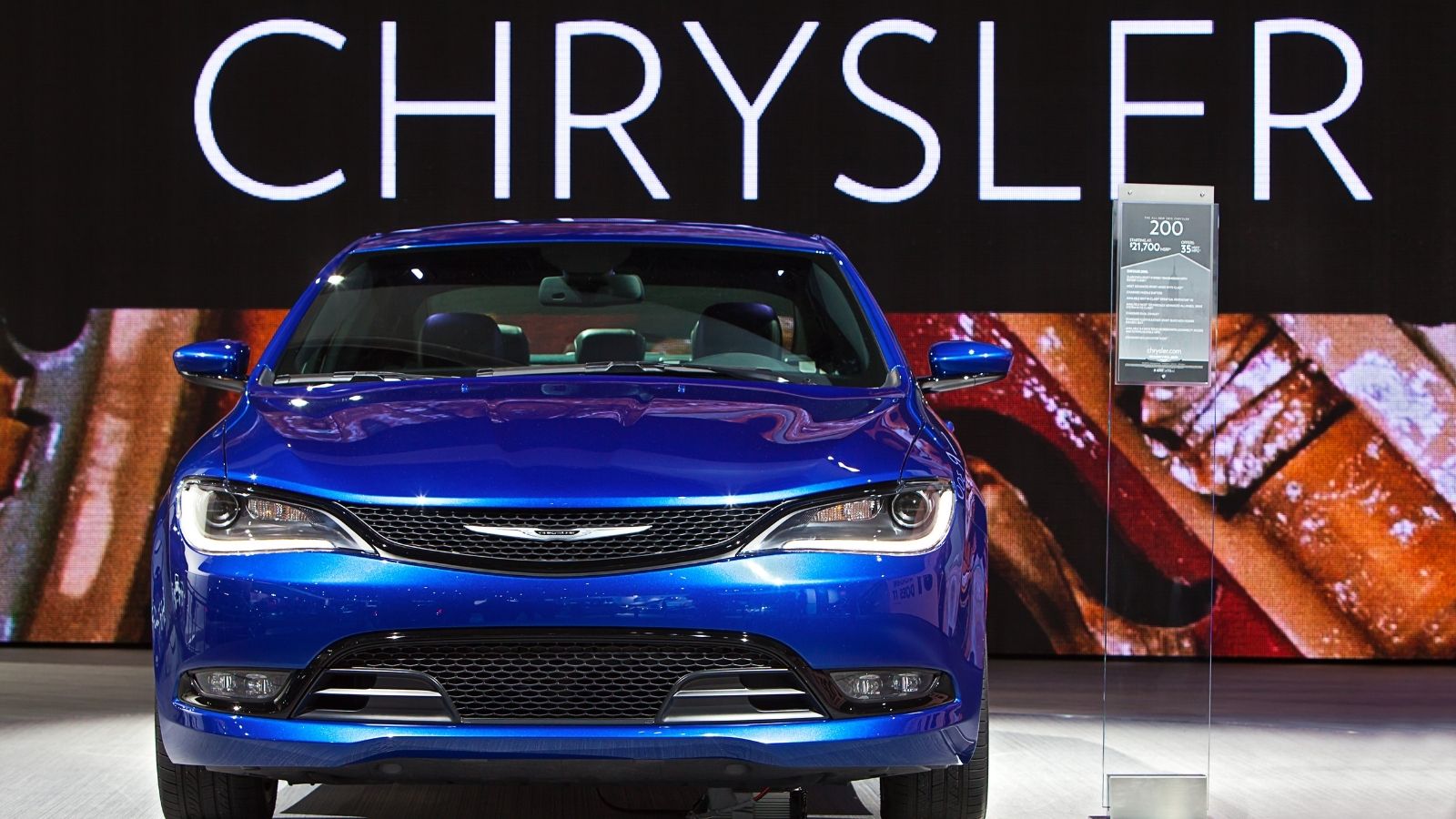
The Chrysler 200 was marketed as a sleek midsize sedan, but its performance and reliability told a different story. Its 2.4L I4 or optional 3.6L V6 offered decent specs on paper, yet the real-world driving experience often disappointed. The 9-speed automatic transmission is jerky and unpredictable, with many Canadian drivers reporting hard shifts and early failure. Cabin noise is excessive, and interior materials feel cut-rate. Even with upscale trim levels, the 200 failed to deliver long-term satisfaction, leading many owners to label it a mistake.
Volkswagen Jetta (2011–2014)
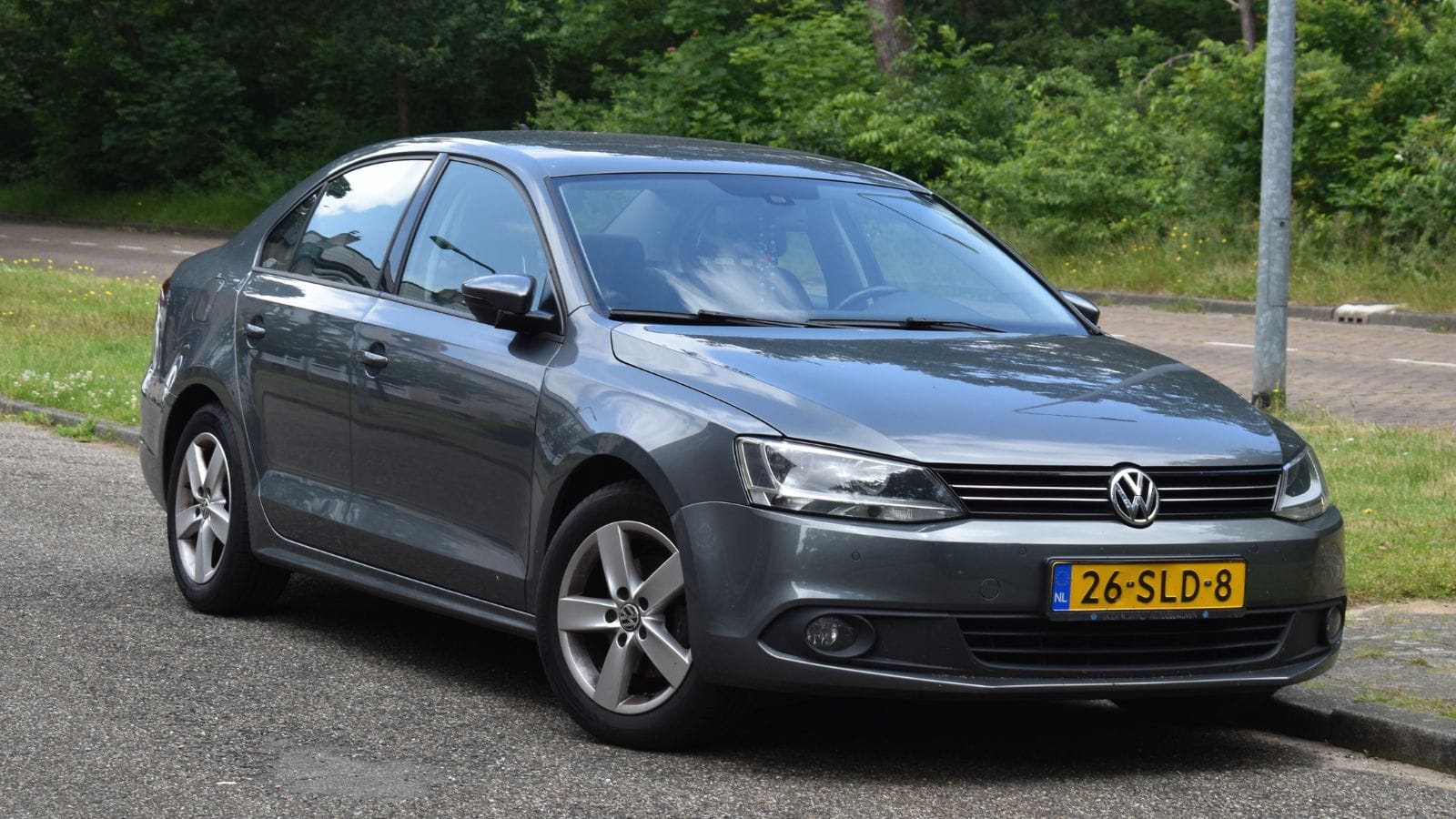
Volkswagen’s push to make the Jetta more affordable backfired with this generation. The base 2.0L I4 engine is severely underpowered, with a sluggish 0–100 km/h time of over 10 seconds. Many Canadians found that it struggled on highways and steep terrain. The interior was downgraded with cheaper plastics and stripped-down features. Owners also faced issues with electrical systems, window regulators, and premature brake wear. While higher trims offered turbocharged engines and better features, the base models became synonymous with disappointment.
Hyundai Tucson (2011–2015)
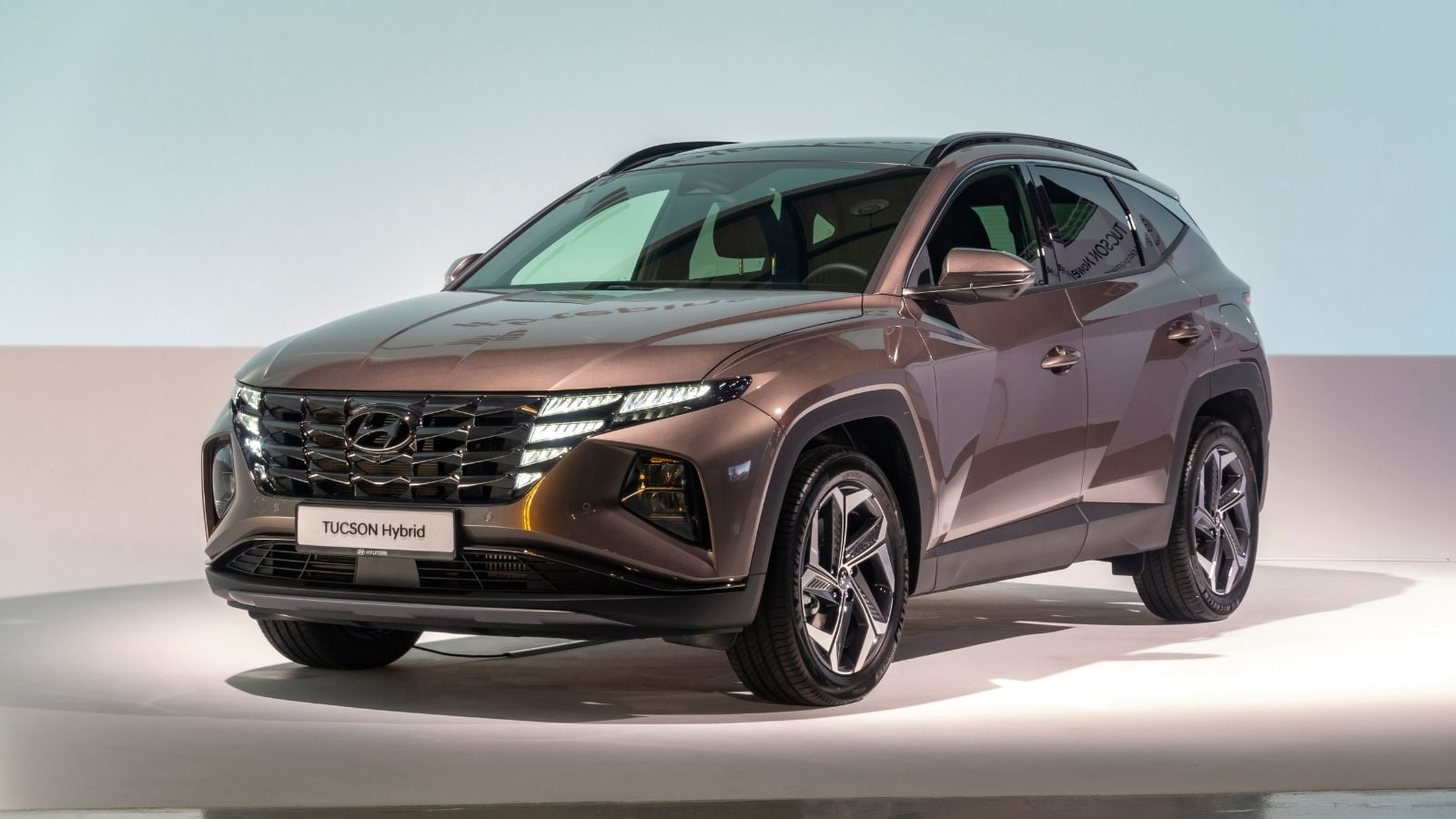
Despite its popularity, the early 2010s Hyundai Tucson has disappointed many Canadian owners. The 2.4L I4 engine is adequate on paper, but real-world performance often feels labored, especially during winter starts or highway merging. Transmission hesitations and electrical issues are common complaints. Even with regular maintenance, owners also report early rust along the wheel wells and rear hatch. While the cabin layout is clean, materials are prone to wear, and infotainment features lag behind rivals. Many mechanics warn about escalating repair costs past 120,000 km.
Fiat 500 (2012–2017)
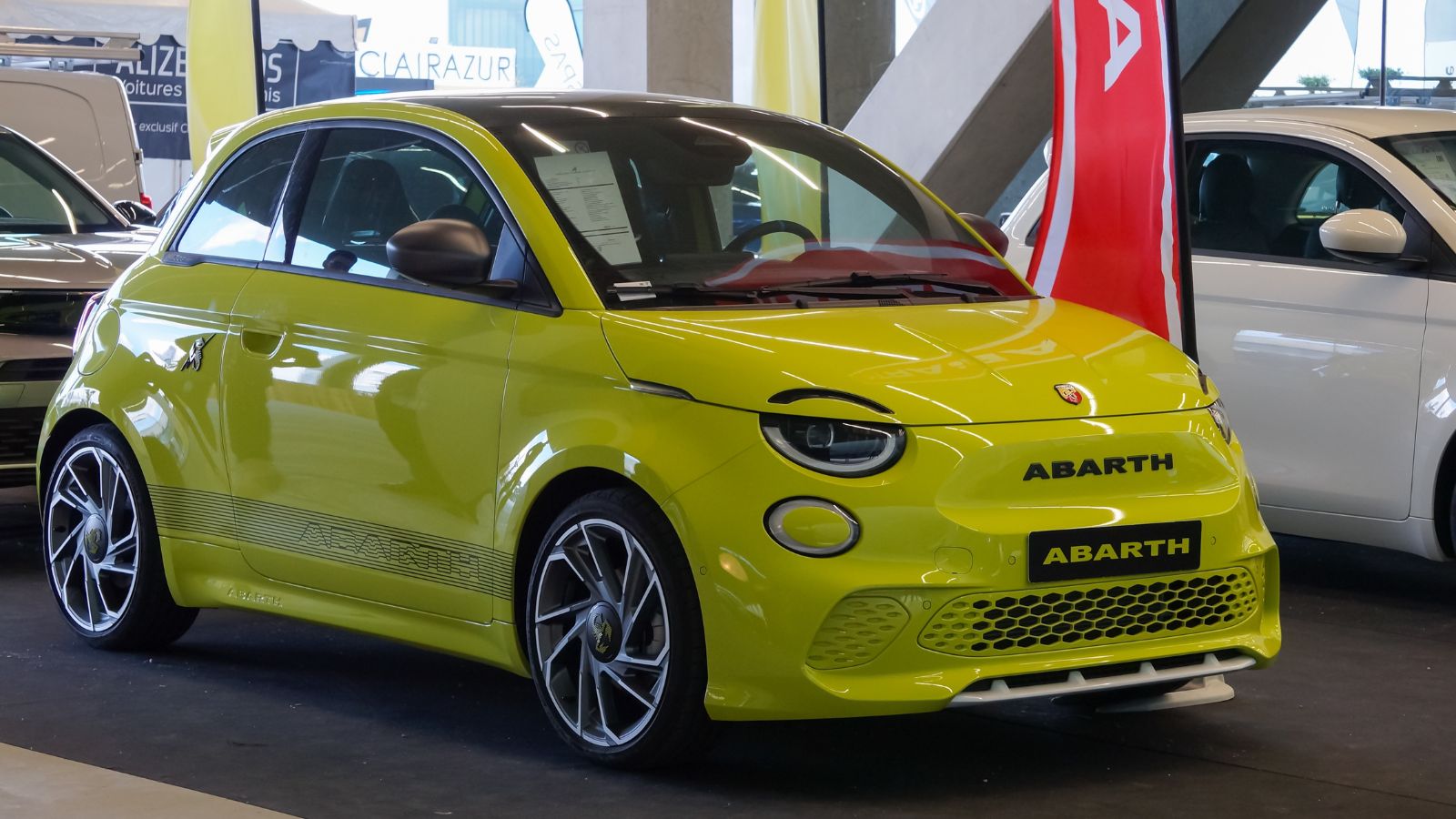
The Fiat 500’s quirky looks and compact size lured urban Canadian buyers, but the charm wore off quickly. The base 1.4L I4 severely underperforms on hills and highways, and the ride quality is punishing over rough roads. Mechanical issues include failing transmissions, suspension wear, and frequent warning lights. The tiny interior, with minimal cargo space and cheap materials, feels cramped for daily use. Reliability scores plummeted in Canada, and resale value quickly followed. Even die-hard fans admit the 500 is more style than substance and often a regret.
Mazda CX-7 (2007–2012)
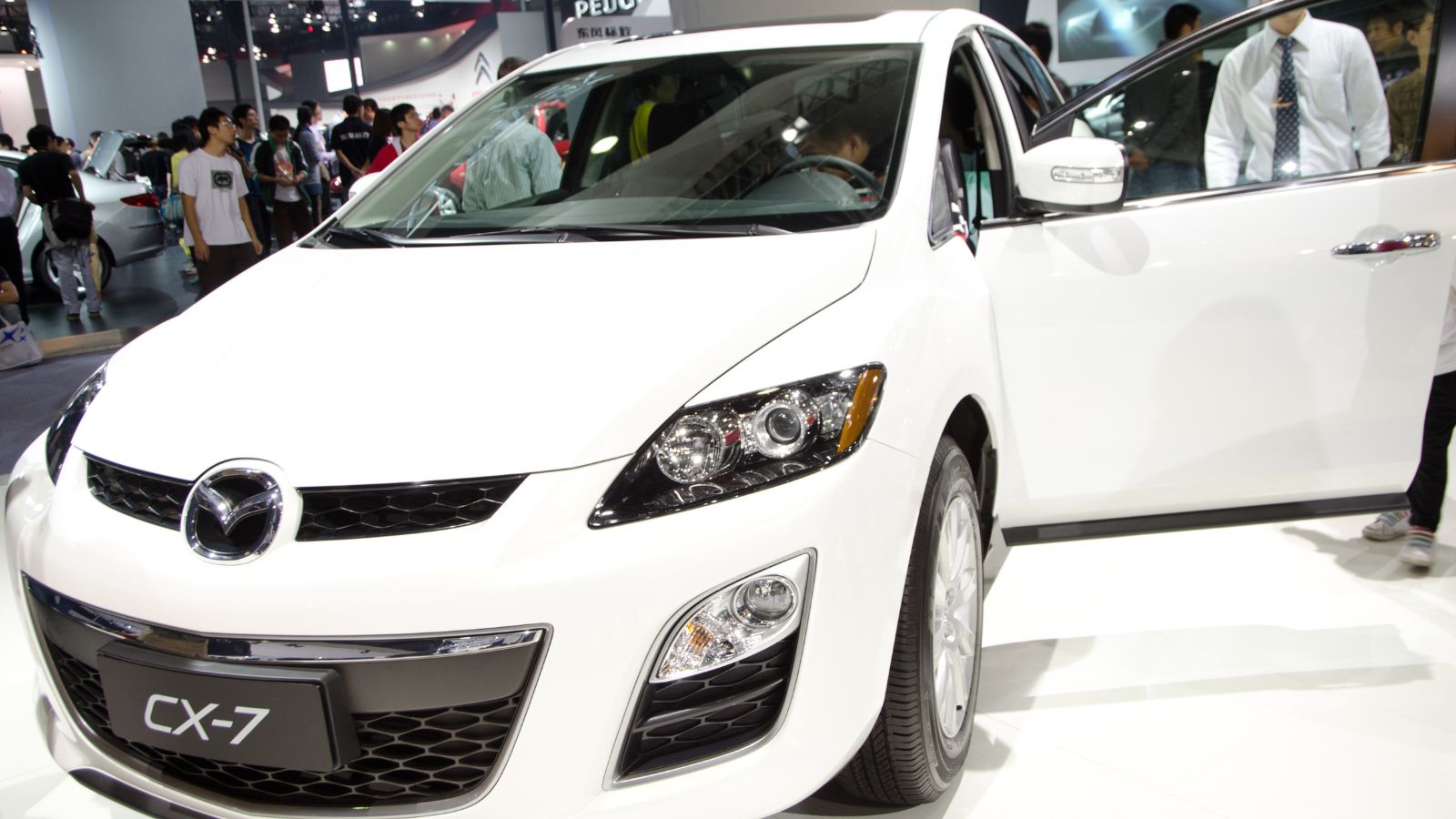
While Mazda is usually a dependable choice, the CX-7 missed the mark. Its 2.3L turbocharged I4 was powerful but notoriously unreliable, suffering from turbo lag, oil consumption, and timing chain issues. Acceleration is strong, but the frequent engine lights and expensive fixes offset it. Canadian winters also expose its poor rustproofing. The interior is sporty but tight in the back and lacks insulation, letting in too much road noise. The CX-7 was ultimately discontinued, and for many owners, its maintenance bills made them wish it had never been released.
Kia Forte (2010–2013)
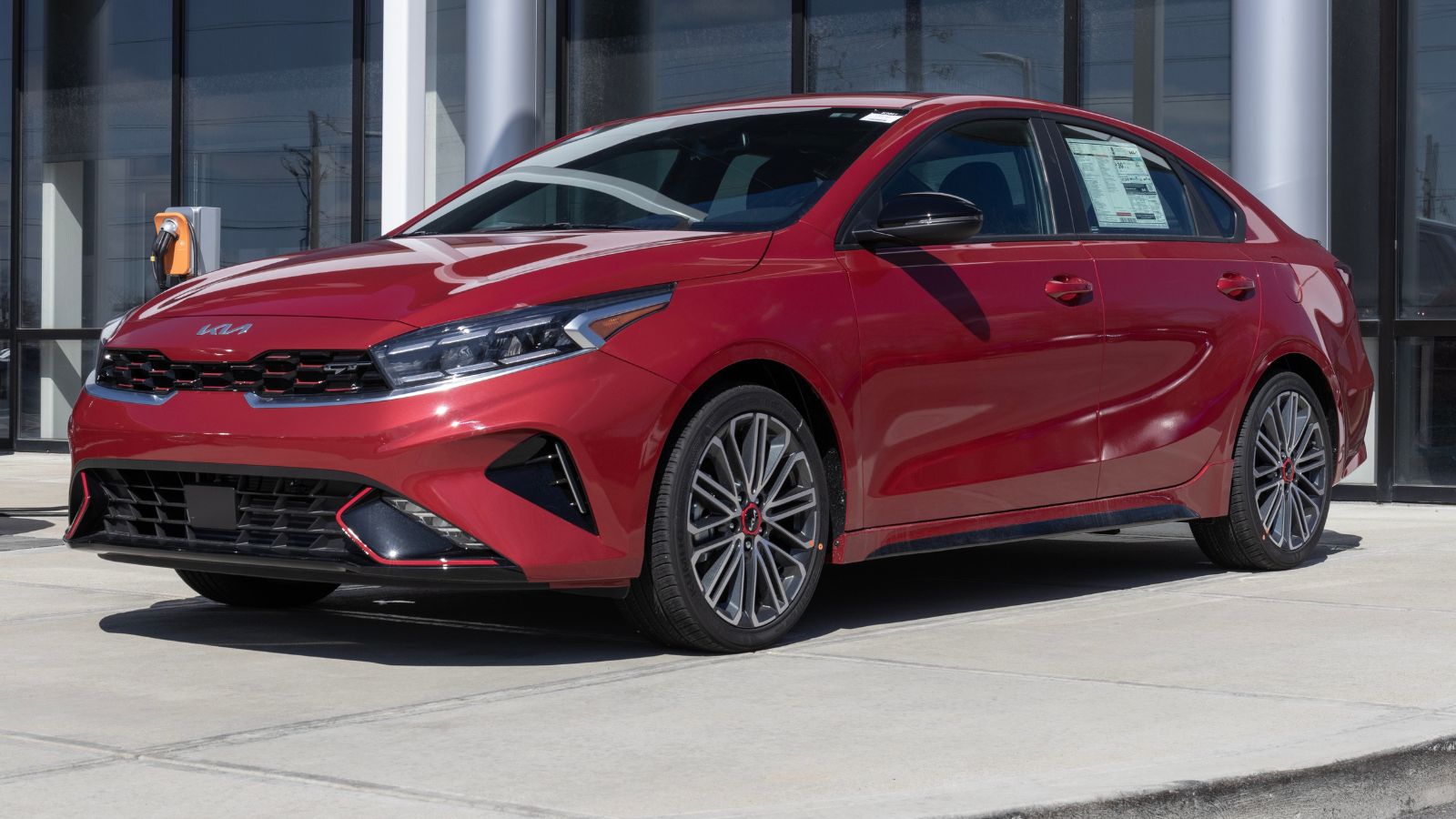
The early Kia Forte offered affordability but came with a compromise. The 2.0L I4 engine is reliable in the short term, but long-term issues like poor suspension durability and weak HVAC systems have plagued Canadian drivers. Steering response is vague, and road noise is excessive on long drives. Interior plastics feel brittle, and the infotainment system, when equipped, ages poorly. Braking systems and fuel pumps also made service bulletins. Though newer Fortes have vastly improved, this generation left a sour taste for many first-time buyers who expected more for their money.
Nissan Sentra (2013–2016)

This generation of the Nissan Sentra seemed like a smart buy for budget-conscious Canadians, but the honeymoon ended quickly. Powered by an 1.8L I4 engine, it struggles to accelerate, especially when paired with its CVT, notorious for jerky performance and early failure. Drivers often report sluggish responses and unnerving high-pitched whines under load. While the fuel economy is decent, many owners have had to deal with constant repairs for around 100,000 km. The interior, though roomy, lacks refinement, with rattling trim and outdated tech.
Jeep Patriot (2007–2017)

The Jeep Patriot promised rugged looks and affordability, but its long production run was marred by performance and reliability woes. The base 2.0L I4 or optional 2.4L I4 lack the muscle expected from an SUV, and the CVT option is especially problematic in Canada’s cold climate. Owners frequently complain of poor acceleration, excessive engine noise, and weak AWD performance in snow. The interior is basic, with low-grade materials and outdated tech. Despite its low price, many Canadian buyers discovered that constant repairs erased any savings.
Smart Fortwo (2008–2015)
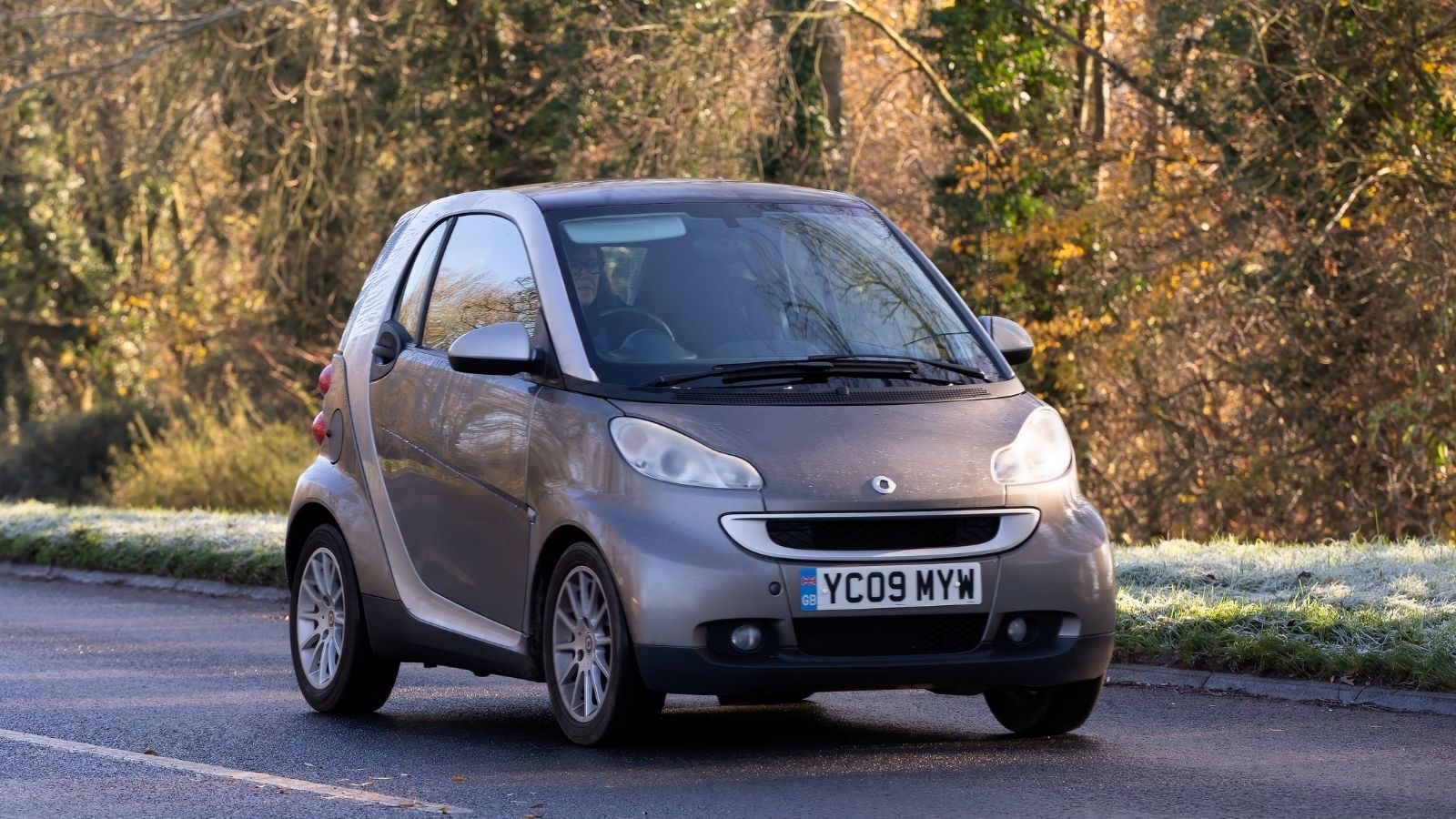
Tiny and seemingly efficient, the Smart Fortwo intrigued Canadians in cities like Toronto and Vancouver. But its 1.0L I3 engine delivers sluggish acceleration of 0 to 100 km/h, taking nearly 15 seconds. Its automated manual transmission feels clunky and awkward, especially in stop-and-go traffic. Despite its compact footprint, the ride on Canada’s uneven roads is stiff and unforgiving. Cargo space is minimal, and interior materials feel toy-like. It’s also surprisingly poor on fuel for its size. Many owners say the novelty wore off fast and that they wouldn’t make the same mistake twice.
Chevrolet Malibu (2013–2015)
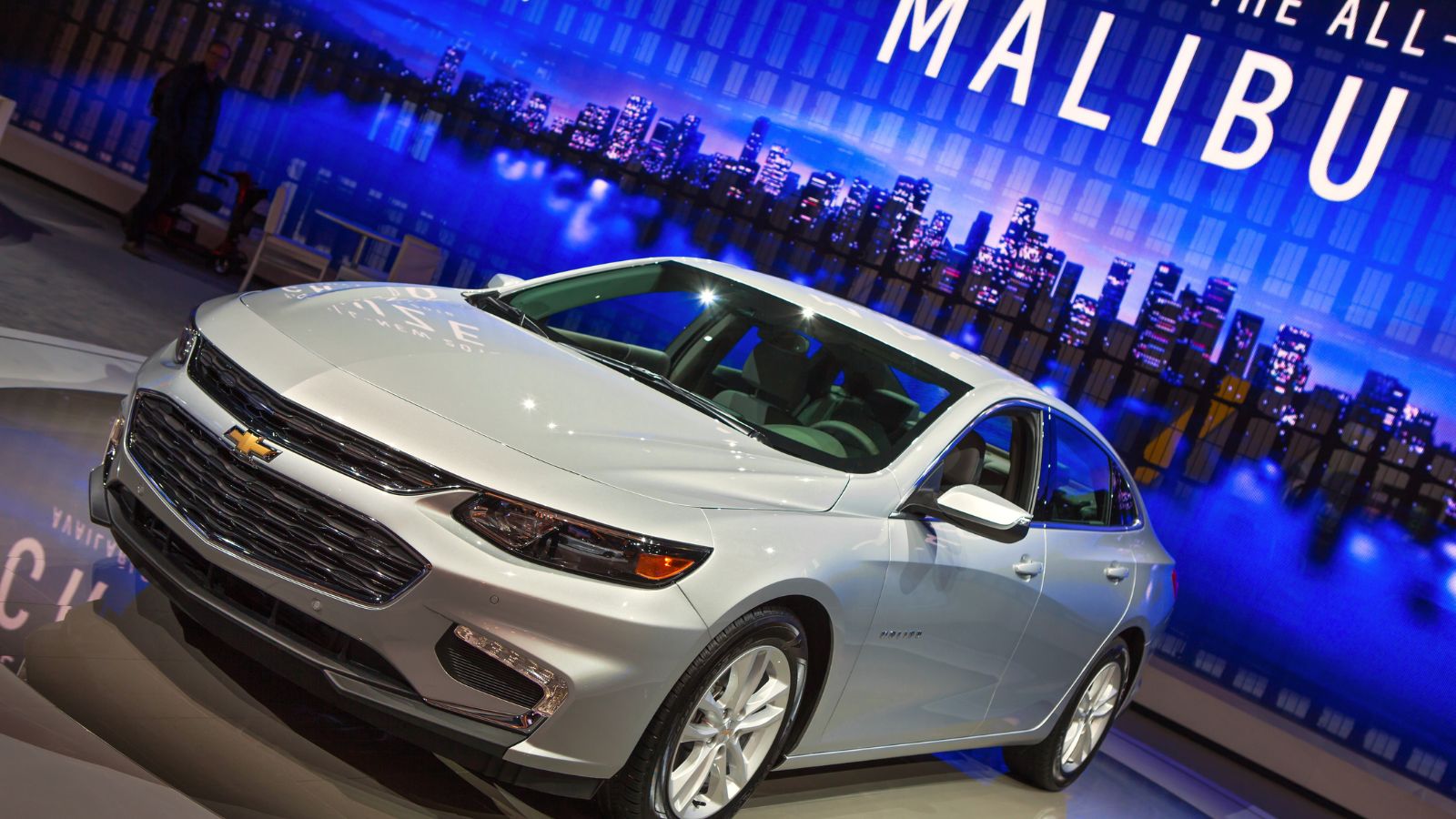
This Malibu generation frustrated Canadian owners with underwhelming performance and recurring problems. The 2.5L I4 engine feels sluggish despite its size, and the start-stop system is jarring and difficult to disable. Transmission hesitation, steering column issues, and faulty sensors are common complaints. Inside, the cabin layout feels cramped for a midsize, and tech features lag behind competitors. Materials wear quickly, especially on the dashboard and door panels. Owners frequently mention a lack of long-term reliability, overshadowing the car’s initial value.
Volkswagen Jetta (2011–2014)
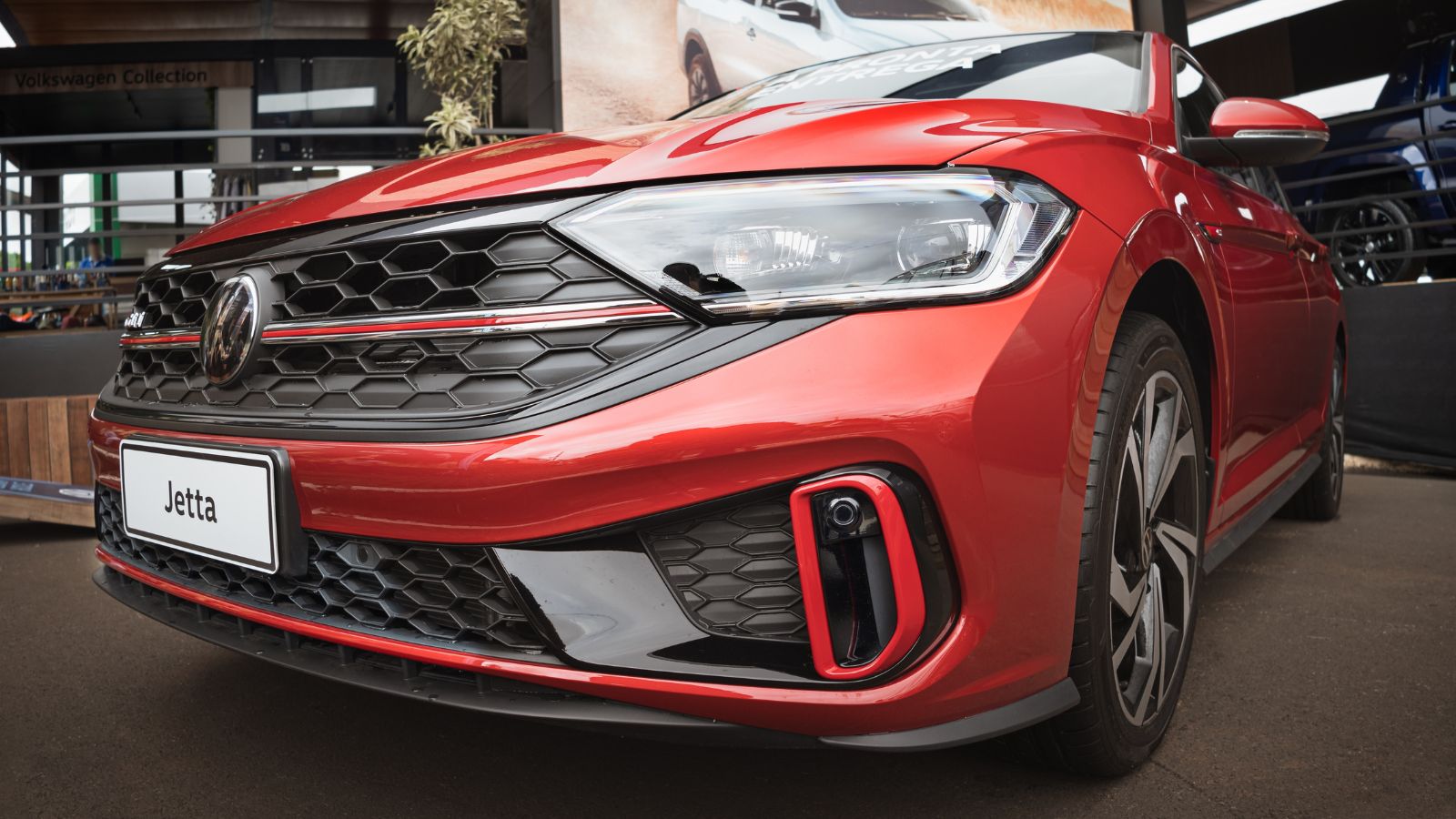
Once admired for its European charm, this Jetta generation cut too many corners. The base 2.0L I4 engine was severely underpowered, and even the 1.8T upgrade didn’t erase reliability concerns. Suspension and brake issues became routine for Canadian drivers, and long winters exposed battery and electrical problems. The cost-saving interior downgrade from soft-touch materials to brittle plastics was a letdown for longtime VW fans. Infotainment was basic, and rear seat comfort suffered. Once the darling of urban commuters, this version became a cautionary tale about choosing style over lasting quality.
Subaru Tribeca (2006–2014)
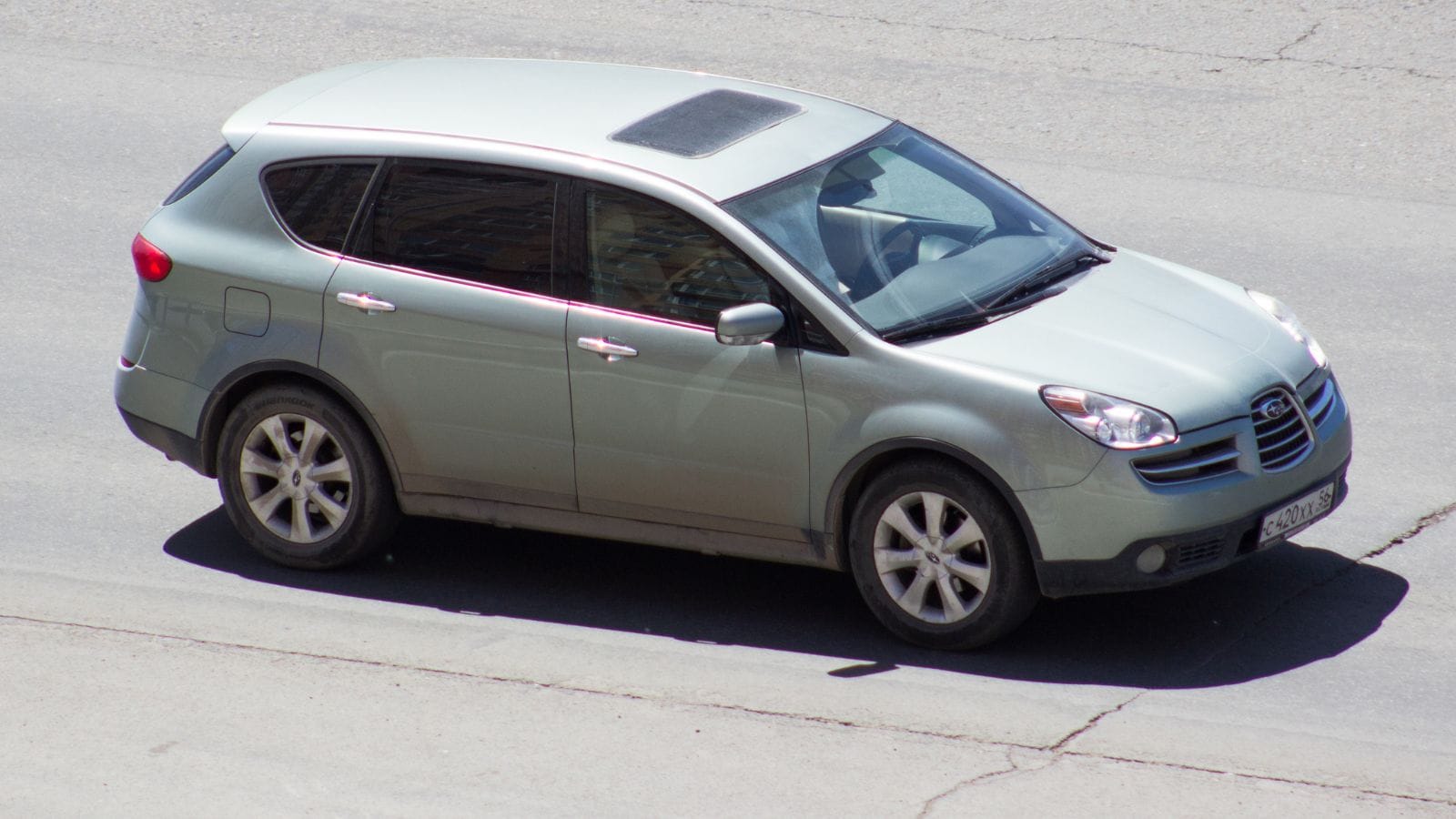
Marketed as Subaru’s luxury SUV, the Tribeca never lived up to the brand’s reliability or performance reputation. Its 3.6L flat-six engine is capable, but fuel economy is dismal, especially for a midsize SUV. Owners complain about stiff handling, awkward design, and transmission clunkiness in winter. The interior space is oddly laid out, with a cramped third row and low headroom. Dashboard controls are unintuitive, and the tech was outdated even at launch. Despite Subaru’s strong AWD legacy, the Tribeca’s high maintenance costs and weak resale value made it a purchase many Canadians regret.
Ford Fiesta (2011–2019)
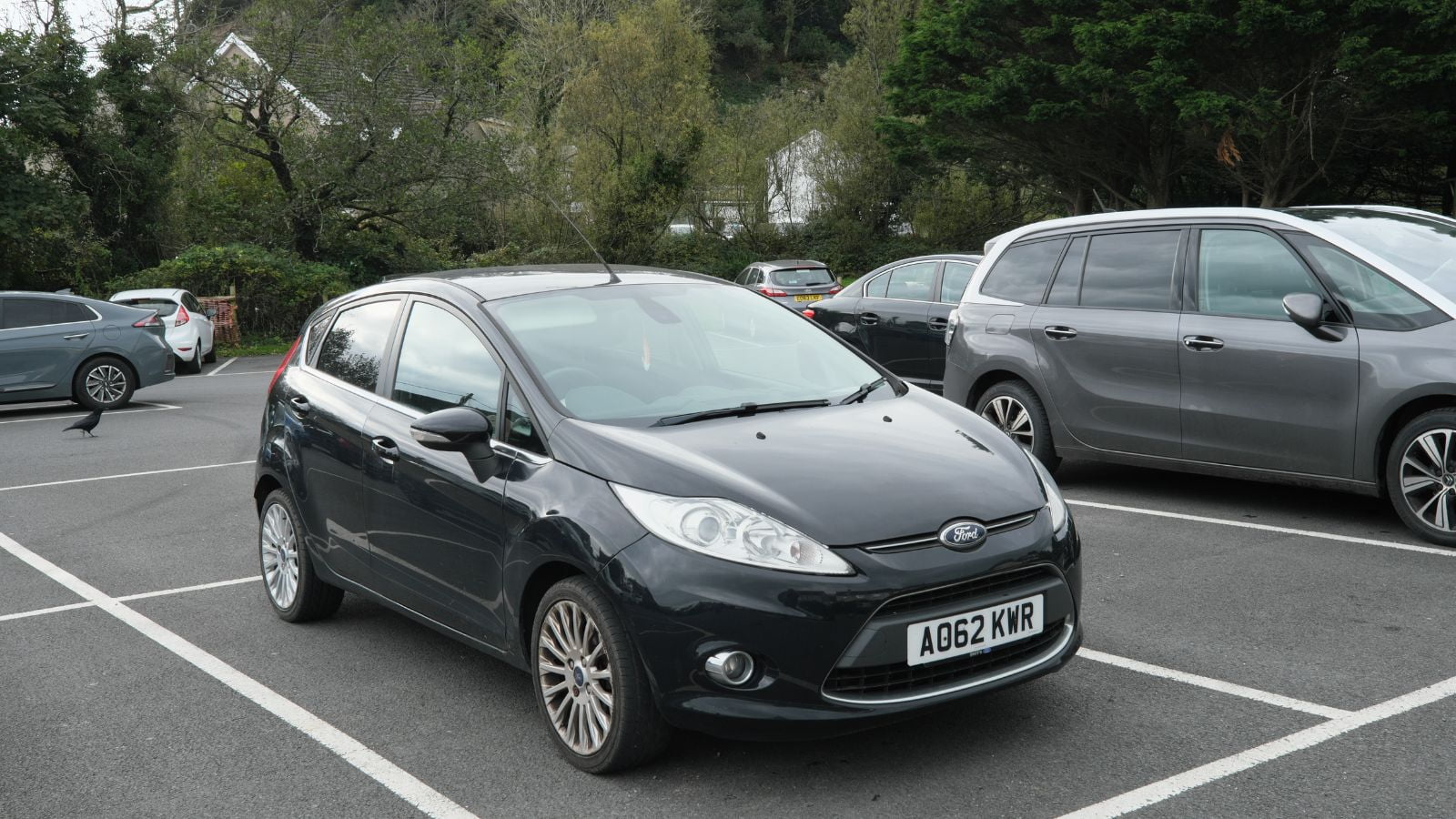
Initially praised for being fun and efficient, the Ford Fiesta became a nightmare for many Canadians due to its transmission. The 1.6L I4 offered decent zip, but the PowerShift dual-clutch system is infamous for jerking, stalling, and early failure. Many drivers experienced repeated warranty claims and software patches, which had little effect. The cabin is tight, and while interior tech was ahead of its time, build quality lagged. In colder climates, the transmission’s quirks worsened. What looked like a budget-friendly hatchback became a costly regret as reliability issues piled up.
Chrysler Sebring (2007–2010)
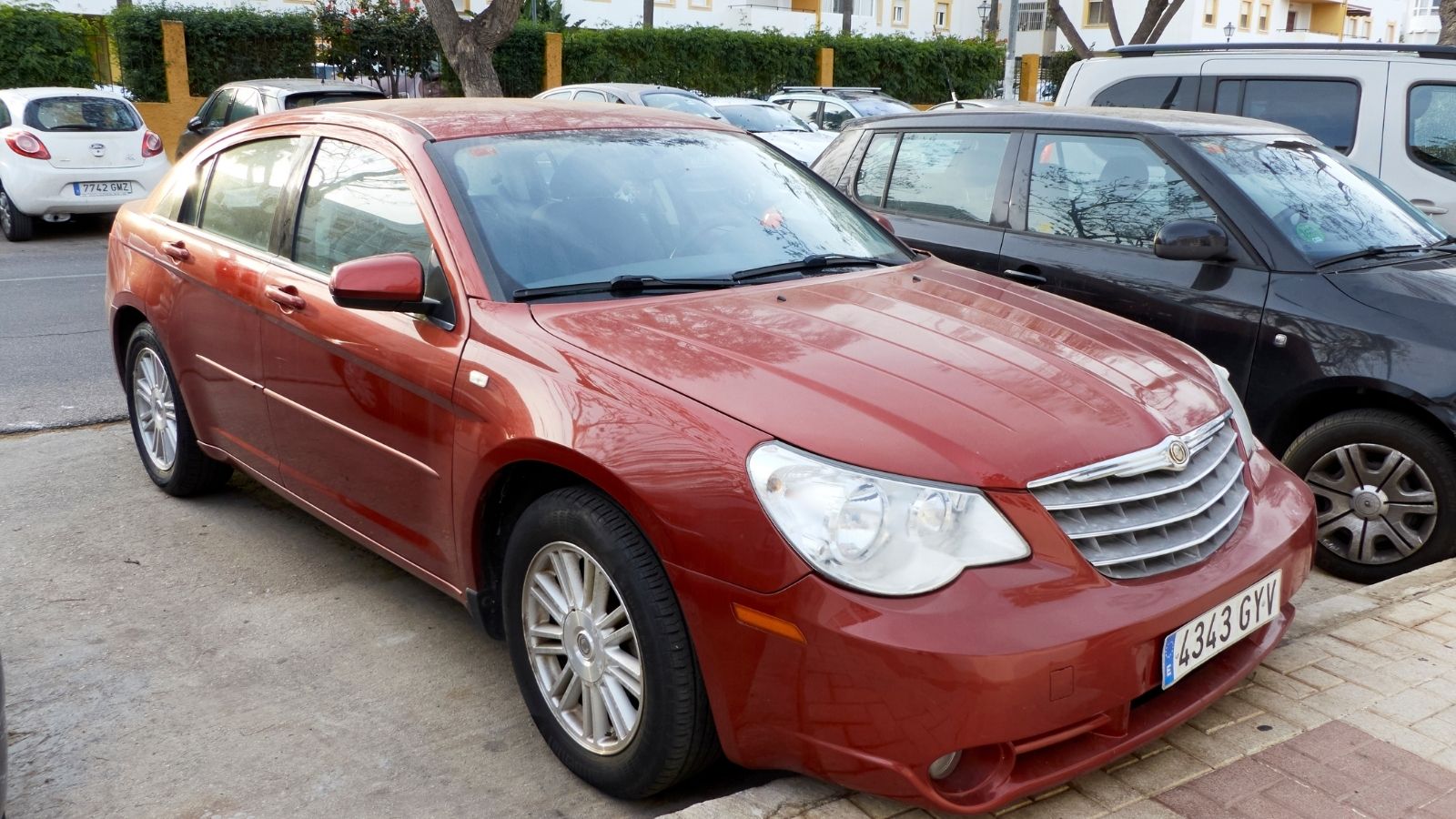
Often cited as one of Chrysler’s weakest efforts, the Sebring let down Canadian drivers with cheap materials and bland driving dynamics. The 2.4L I4 engine is uninspiring, while the available V6 options suffer from excessive fuel consumption and poor long-term reliability. Handling is floaty, and road noise penetrates the cabin with ease. The dashboard is cluttered and plastic-heavy, with seats lacking proper lumbar support. The Sebring’s resale value plummeted, and even loyal Chrysler fans struggled to defend it.
22 Times Canadian Ingenuity Left the U.S. in the Dust

When people think of innovation, they often picture Silicon Valley. However, Canada has a history of innovation, too. Whether it’s redefining sports, revolutionizing medicine, or just showing America up at its own game, Canadian inventors, thinkers, and dreamers have had their fair share of mic-drop moments. Here are 22 times Canadian ingenuity left the U.S. in the dust.
22 Times Canadian Ingenuity Left the U.S. in the Dust
